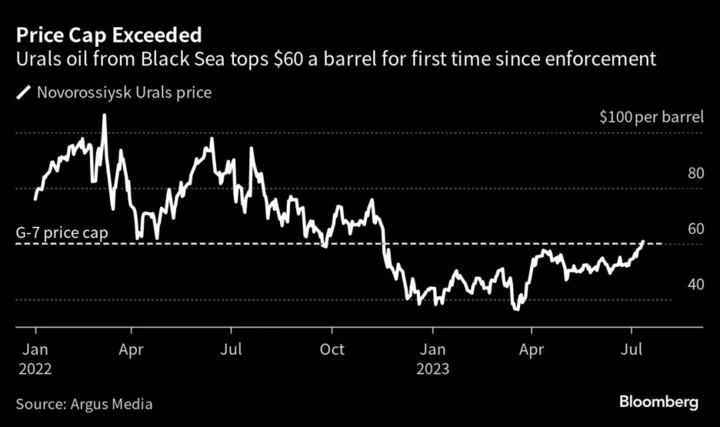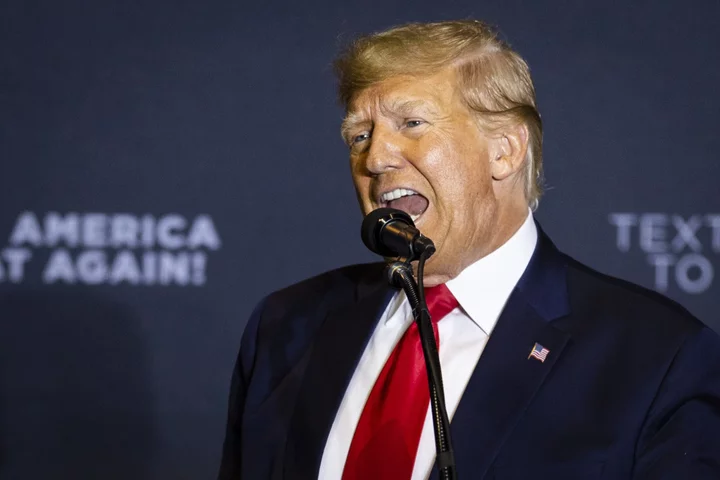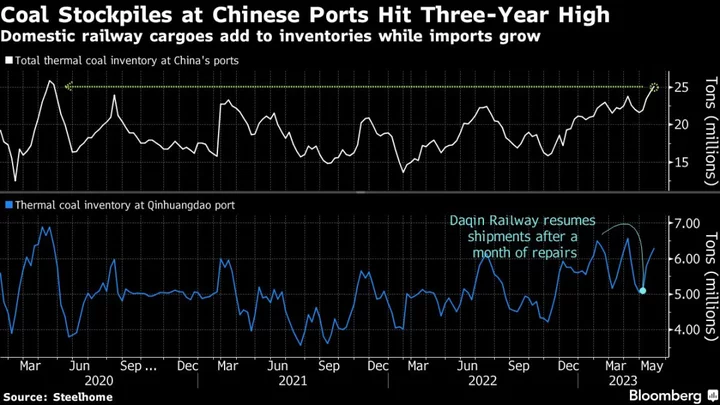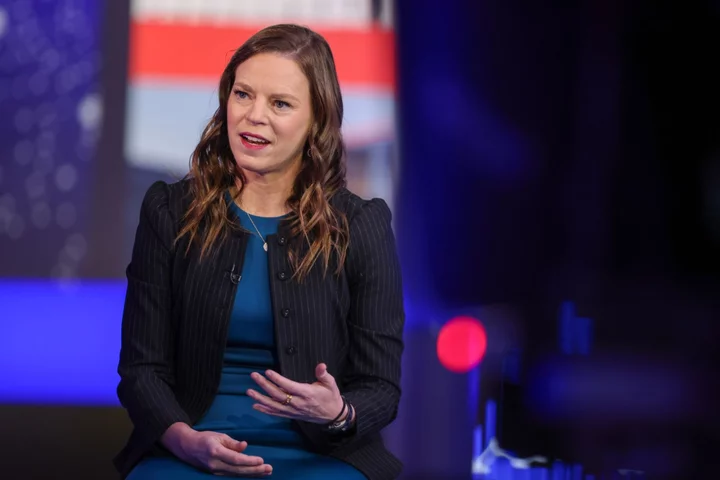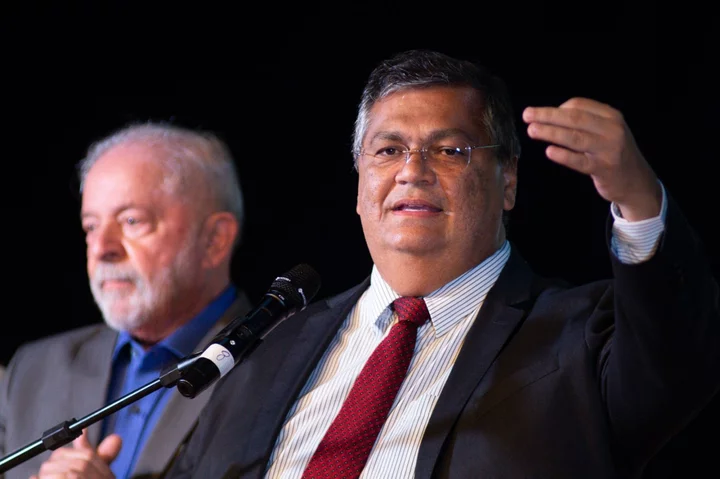Russia’s flagship Urals crude oil breached a price cap set by the Group of Seven, a blow to western sanctions and potentially an economic win for Moscow.
According to price reporting agency Argus Media, Urals crude topped $60 a barrel on Wednesday, climbing above the cap that the Group of Seven set last year in an attempt to restrict revenue to Moscow’s war machine. The idea of the ceiling was to stop Russian oil being transported on Western ships — and with Western insurance — unless it was priced under the threshold.
The latest data represents a win for Moscow, which has quickly assembled a shadow fleet of ships big enough to transport its crude to buyers without the need for services from companies in G-7 countries. It’s a setback to Europe and the US, which designed the policy to keep enough oil flowing to the global economy to prevent an inflation shock — while trying to crimp profits for Russia.
“The significant expansion of the shadow fleet of tankers and alternatives to Western insurers and payment routes provide alternatives that will likely allow Russian crude cargoes to continue moving,” said Richard Bronze, head of geopolitics at consultant Energy Aspects Ltd.
It’s not clear where Russian cargoes are getting insurance from when western insurance is being denied. Shipping experts have long warned that one of the unintended consequences of the sanctions is the growing risk of an environmental disaster that’s not properly insured.
Read more: Aging Shadow Fleet Carrying Russian Oil Poses Disaster Risk
“We are monitoring the market closely for potential violations of the price cap,” the US Treasury said in a statement. “It is worth noting that trades above $60 that do not use Coalition services are not in violation of the price cap and a substantial proportion of Russian oil trades, though, still use Coalition service providers.”
Urals prices rose to $60.78 a barrel at the Black Sea port of Novorossiysk on Wednesday, Argus Media data show. The pricing agency’s figures are closely monitored by European Union and US policy makers and have also been used by the Russian government. In the broader oil market, prices are rising as OPEC+ cuts supplies, tightening global inventories. Russian exports are also starting to decline, putting further pressure on prices.
The price cap was always designed with a pragmatic approach — keep the barrels flowing to the world economy but crimp the revenue. The cap was meant to be revised periodically — with some EU states pushing for a tighter approach — but those reviews have quietly been shelved.
Russian revenue is down nearly 50% from a year prior, said the State Department.
(Updates with statement from US Treasury Department in sixth paragraph.)

